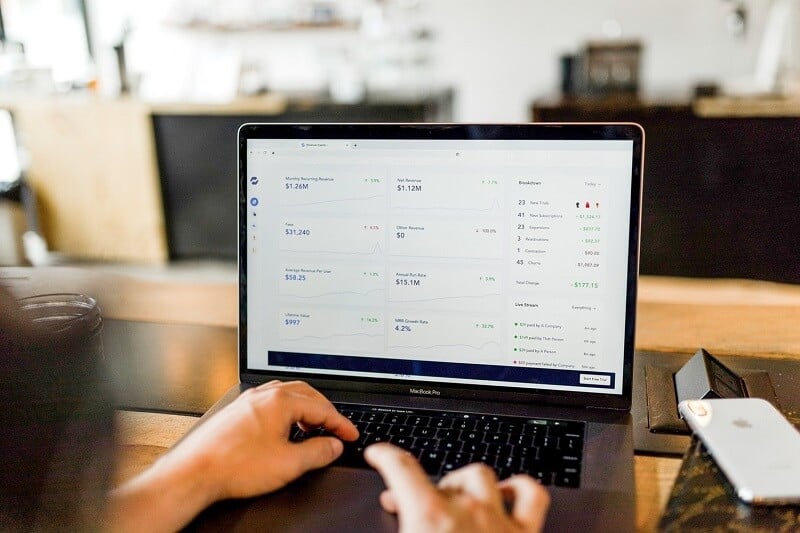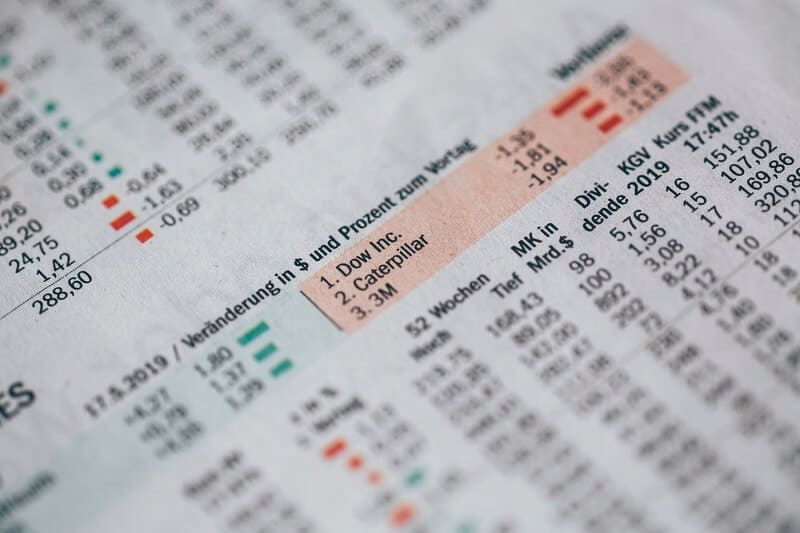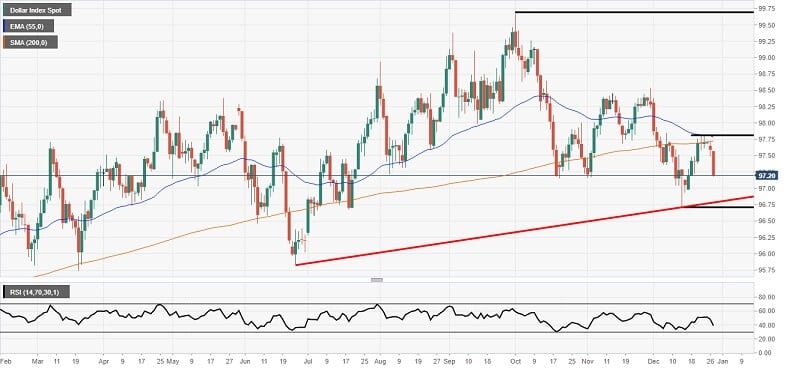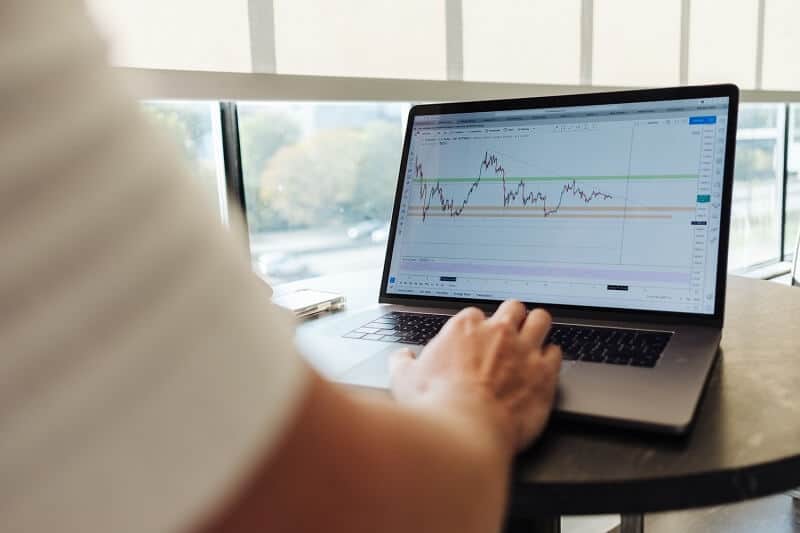
Here’s a look at the best trading exit strategy app to avoid your losing trades
Do we really have the trading exit strategy app? Only when you can assure yourself that you are not holding a wrong position you can be confident that you hold a good trade. Every single trade must have its own exit strategy, that takes into account both price rises and price drops. In other words, risk management. So you MUST plan your exit and you must have the best trading exit strategy that is possible.
Well, how to create a good risk management system? How to choose a good exit strategy? How to determine it?
That’s science. It is difficult and mostly depends on your feelings which is the riskiest part of every trade.
Identify when to take profit from trading
Having an effective trading exit strategy app means to have the opportunity to identify when to make a profit from trading. Sometimes you will close your position too early and miss the bigger profits, other times you may lose if you stay too long on position.
When is the right time, how to know when to take a profit?
It is crucial, before entering the trading setups, every trader MUST have an exit strategy. It isn’t a matter of traders’ will, it is a matter of protecting from losing trades.
If you don’t have a trading exit, you’re trading without a strategy, you’re trading based on guesses or emotions. So, the chances of making a loss instead of profiting, are more likely.
What is the best trading strategy?
Basically, a trading strategy is a plan of buying and selling in the stock markets. It is based on rules that have to provide successful trading and make a profit.
When you are trading the stock market, you have to make a decision to buy or sell an asset, or to stay on the position. To be able to make a decision you’ll need information.
Trading strategies MUST assist you to simplify the process of analyzing all information and making decisions.
The stock market works simply. It is like an auction house. It provides to both buyers and sellers to set prices and make trades. The stock market operates thanks to a system of exchanges but it is a zero-sum game. Meaning, some traders have to lose, so you would have a chance to make a profit. There is no other way. Any trade has only two ends: loss or profit.
What is necessary to identify when to take profit from trading?
You should consider at least two exits: stop-loss and take-profit in your trading exit strategy.
Stop-loss is the point where you exit the position when the trade isn’t going in your favor. Take-profit is the point where you exit the trade in profit.
Getting out of losing trades
Losing trades is a reality. They are coming together with winning trades. Yet you are never sure is your trade losing or winning one. This can discourage many traders and they may give up.
But, wins and losses don’t need to come randomly. You don’t need to trade like that.
Yes, the stock prices may go up and down and nobody knows exactly why the stock price makes changes. The stocks are volatile and their price may extremely and rapidly change.
That’s the reason to have the best trading exit strategy app and keep the investment safe.
Traders choose different strategies depending on the time frame of the trade and how long they want to keep the trade opened.
Today, if you want to trade successfully, you will need to pay for hardware and software to use available strategies. But still, you have no guarantees and (this is more important) you don’t have any chance to check will your chosen strategy end with loss or in profit.
Reasons for seeking the trading exit strategy app
If traders have a good entry, it is more likely to reach the stop-loss or take-profit target faster. That will give you a chance to make another trade. And another, and so on.
But, if you don’t have a good entry you will need time to see the result. That may hurt your profit. Of course, some winning trades will take a bit of time to develop.
When you have a good entry you may increase the number of trades you want to take and you will have more advantages. To this point, everything sounds logical. But how to avoid premature trading exits and losses?
For all traders, this should be the last warning!
When it comes to the exit strategy the things are not so clear to many people. Having the best trading exit strategy (as much as it is possible) is important. Even more than planning for entry. Why? Your exit strategy shows how you have hedged your trade.
Do you really know when and how to exit the trade?
Most of the traders think that the entry point is the most important. Yes, it is important without doubts. But are you sure your trade will go in your direction? Do you have something to protect you from sudden price changes? That is the exit strategy. And if you don’t plan your trades you may end up with big losses.
If you didn’t think of an exit strategy, here is what you have to do.
Set Trailing stop-loss
A trailing stop-loss will help you to manage risk while optimizing possible peaks. By setting a trailing stop-loss you will secure your profits and accumulate more. Firstly, you must set levels for profit and loss. You will do that in a percentage, for example, 1.75% stop-loss and 3% take profit levels. What will the trailing stop loss do for your trade?
It will close your trade when it has created the set peak and the trend begins to reverse.
A trailing stop order means to set a limit on the maximum potential loss but without setting a limit on the maximum potential profit. We can identify “buy” and “sell” trailing stop orders.
Use time-based exit strategy
This exit strategy is when you appoint the maximum time you want to spend on a trade. This is a good strategy because if your trade isn’t successful after a given time, the smart choice is to exit the trade. Well, how much time you will give a trade is up to you.
Time-based exits are good when the trend is moving against you. It is a simple strategy that can help you control your losses.
Stop-loss/take-profit strategy
The truth is, there is no other way to get out of the trade than with loss or with profit. The last mentioned is better, right?
One of the best exit strategies is applying stop-loss/take-profit.
The goal of stop-loss is to keep you in a trade and limit losses while take-profit will secure profits by closing the trade when the profit target is reached. It isn’t easy to calculate adequate risk/reward ratios for stop-loss/take-profit orders. You’ll need time and effort to master it.
For example, how to identify the stop-loss position based on the money you are ready to risk at each trade? Stop-loss totally depends on the money invested.
Stop-loss and take-profit work almost in the same way but you have to define their levels differently. To make this more clear, the stop-loss will minimize the cost of the failed trade but the take-profit order will give you a chance to take the profit at the peak of the trade. You have to recognize the right moment to exit with profit.
The market swings all the time. One positive trend can easily turn into a downturn in a second. You may think it is better to exit the trade with profit right now. Why risk potential earnings? Well, it isn’t a good option. If you don’t let your profit to grow enough and you exit the trade prematurely, you will lose a great part of potential gain. But, also, waiting for too long can be equally harmful.
The drawback of stock trading apps
Trading apps that you can find currently on the market are good for some things. They will give you a real-time market data or will help you to find new stocks. Yes, there are some apps for charting but still, you will need to write it down to Excel. Additionally, those apps can be costly and out of reach.
The majority of stock trading apps you can find don’t give the variabilities in a meaningful way. Moreover, they don’t include one of the most important features for every single trade – examining and testing on where to set a stop-loss and take-profit level and when to exit the trade.
But, even if you decide to purchase them, will you have an opportunity to check the efficiency of your strategy? So, they are useless for the execution of your trades.
You need an effective and accurate exit strategy app
We were examining almost all apps, spent many years on research to find valuable tools or apps that would give traders a chance to check their exit strategies.
We couldn’t find any. There was no such app.
Until now.
Here is Traders Paradise’s best trading exit strategy app.
What our app is doing?
Traders Paradise developed a trading exit strategy app, a unique tool for optimizing the exit strategy.
This unique and easy-to-use trading exit strategy app will do all the hard work and complicated math operations for you and performs it all on its own.
All you have to do is to choose the stock you want to trade. We have a long list of the companies and you simply have to mark any by clicking on the name or to type the ticker name or the name of the company. But HERE you can find the full explanation.


















 Are you going to use Forex signals or not, depends on your personality and trading plan. In case you are an individual with little time, Forex signals offer an alternative to manual trading.
Are you going to use Forex signals or not, depends on your personality and trading plan. In case you are an individual with little time, Forex signals offer an alternative to manual trading.
